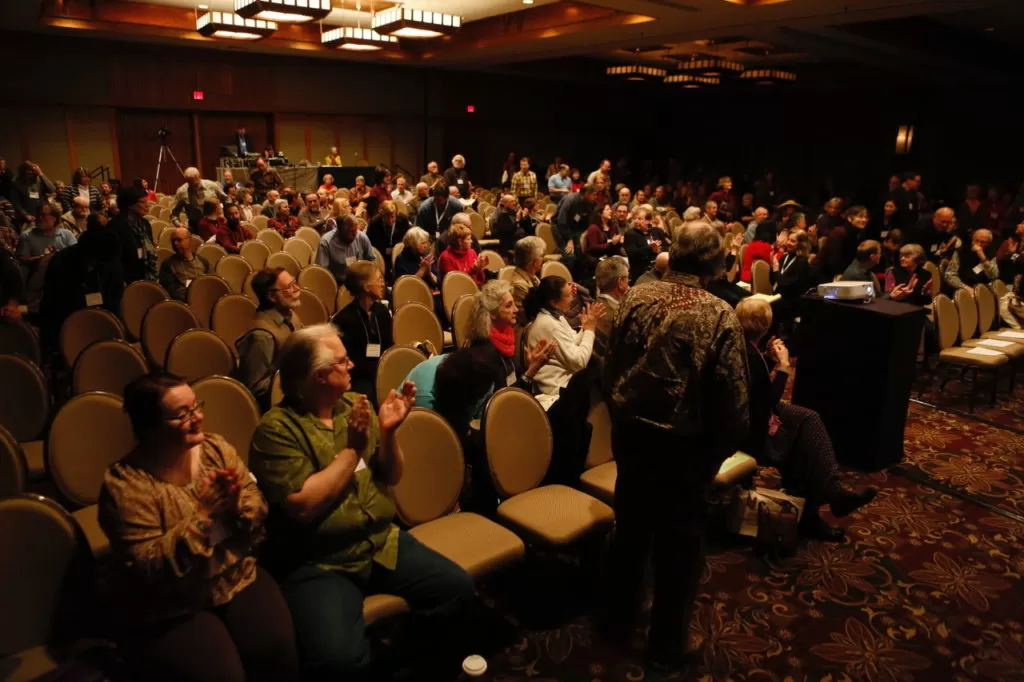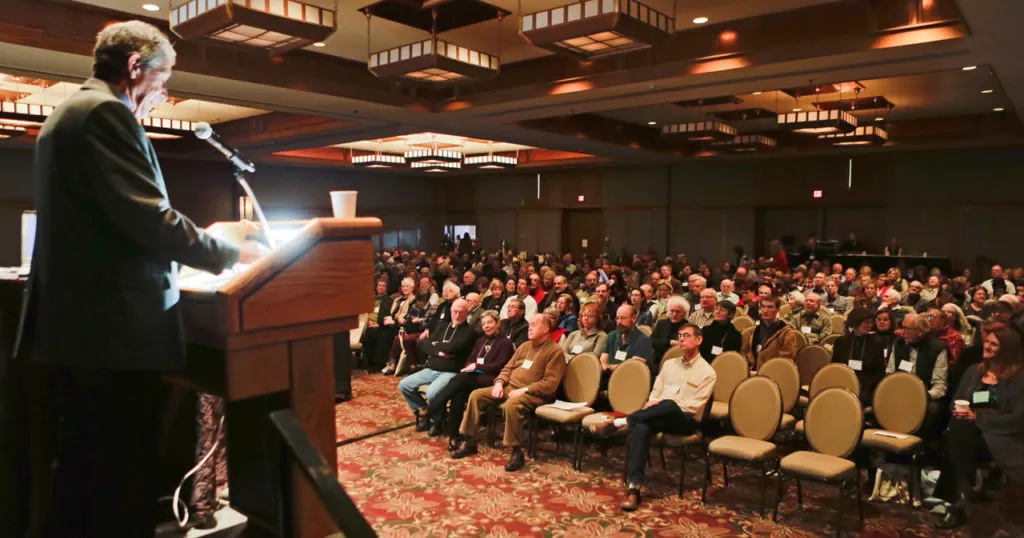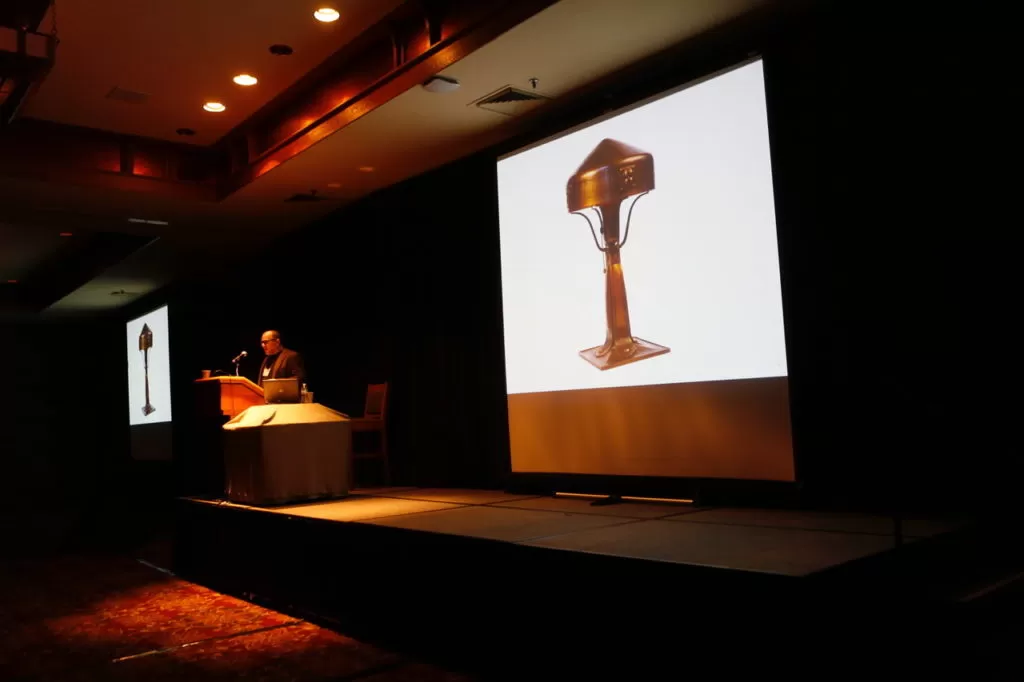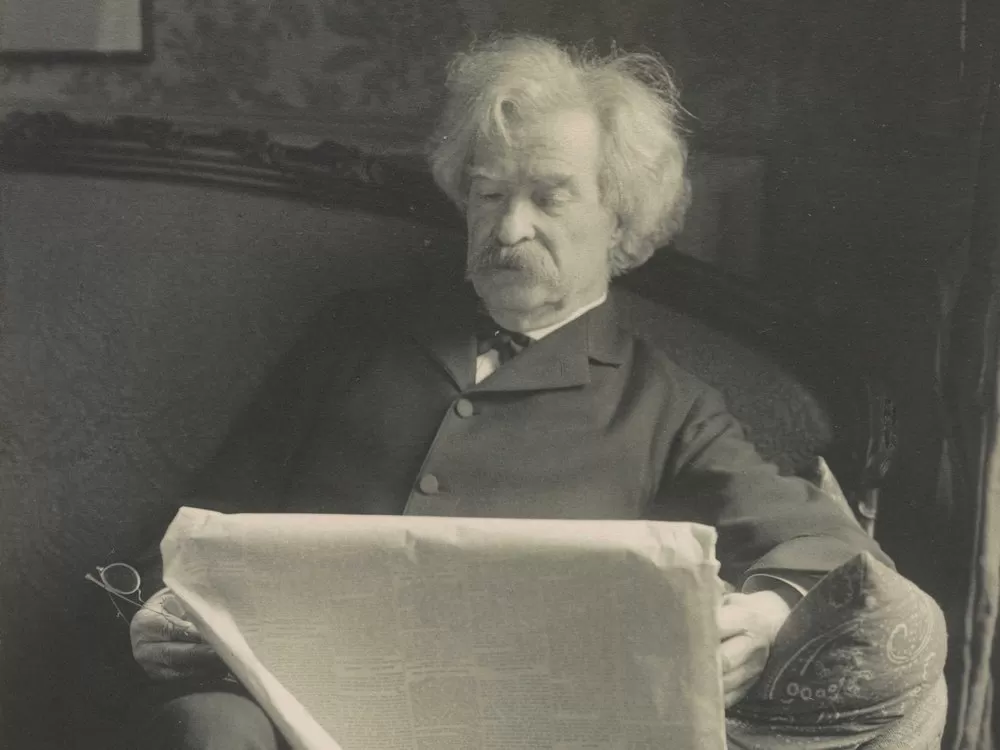Seminar Reflections
At one of our early Arts and Crafts Conferences at the Grove Park Inn, I had asked a well-known collector to deliver one of our seven seminars. After a disappointing, lackluster performance, the speaker met me at the back of the room with an apologetic confession, “If I had known this many people were coming, I would have worked harder on my lecture.”
That was not the case at our thirty-fifth National Arts and Crafts Conference.

If ever there was a year when a seminar speaker might have let his foot off the pedal, thinking that covid concerns would shrink the size of our audience, it would have been this year. Knowing the reputation of our conference, however, and the determination of our attendees to be sitting in the audience for each of our sessions, they all delivered an insightful and inspiring performance.
One of the instructions I give them in the three-ring Speaker’s Notebook is to start their talk — (I discourage ‘lectures’) — with enough basic information to engage the first- and second-year attendees, but before ending have included fresh, new research that will have our veteran collectors buzzing to each other, “I never knew that!”
Which is exactly what happened this year.

at the National Arts and Crafts Conference at the Grove Park Inn in Asheville, North Carolina, February 21, 2015. Photo by Ray Stubblebine
Each of the speakers we selected were experienced at standing behind a podium, although only at our National Arts and Crafts Conference will any of our speakers have stood on a stage facing 800 chairs. Even after 35 years of walking up those three steps to the stage, those smiling, yet expectant faces still make me nervous.
That is why I bring in all of our seminar speakers the day before the conference starts and require that they each spend an hour in the empty ballroom with the audio-visual team and my speaker’s coach. They get the opportunity to rehearse their presentation before an empty room, but just as important they learn how to operate the laser pointer, they get comfortable with the monitor on the floor in front of the stage, and they and my team sharpen any fuzzy images. They also are instructed by my coach how to always talk directly into the microphone, how to raise the volume of their voice, and how to speed up or slow down their cadence to fit within our time frame.

By the time they each finish their rehearsal, they are confident and comfortable.
Years ago, a university professor whom I had invited to speak called me up with the admonition, “Judging by all of your instructions, you must hire a lot of inexperienced speakers.”
Despite my protests, he ignored my notebook of suggestions and skipped his scheduled rehearsal. On opening night he walked to the front of the ballroom, mounted the stage, looked out over that sea of expectant faces, and gave one of the most ragged, unorganized, rambling seminars I have ever struggled to sit through.
He never bothered to apologize.
Until next time,
“It usually takes me three weeks to prepare a good impromptu speech.” – Mark Twain
“If you want me to give you a two-hour presentation, I am ready today. If you want only a five-minute speech, it will take me two weeks to prepare.” – Mark Twain
Bruce

